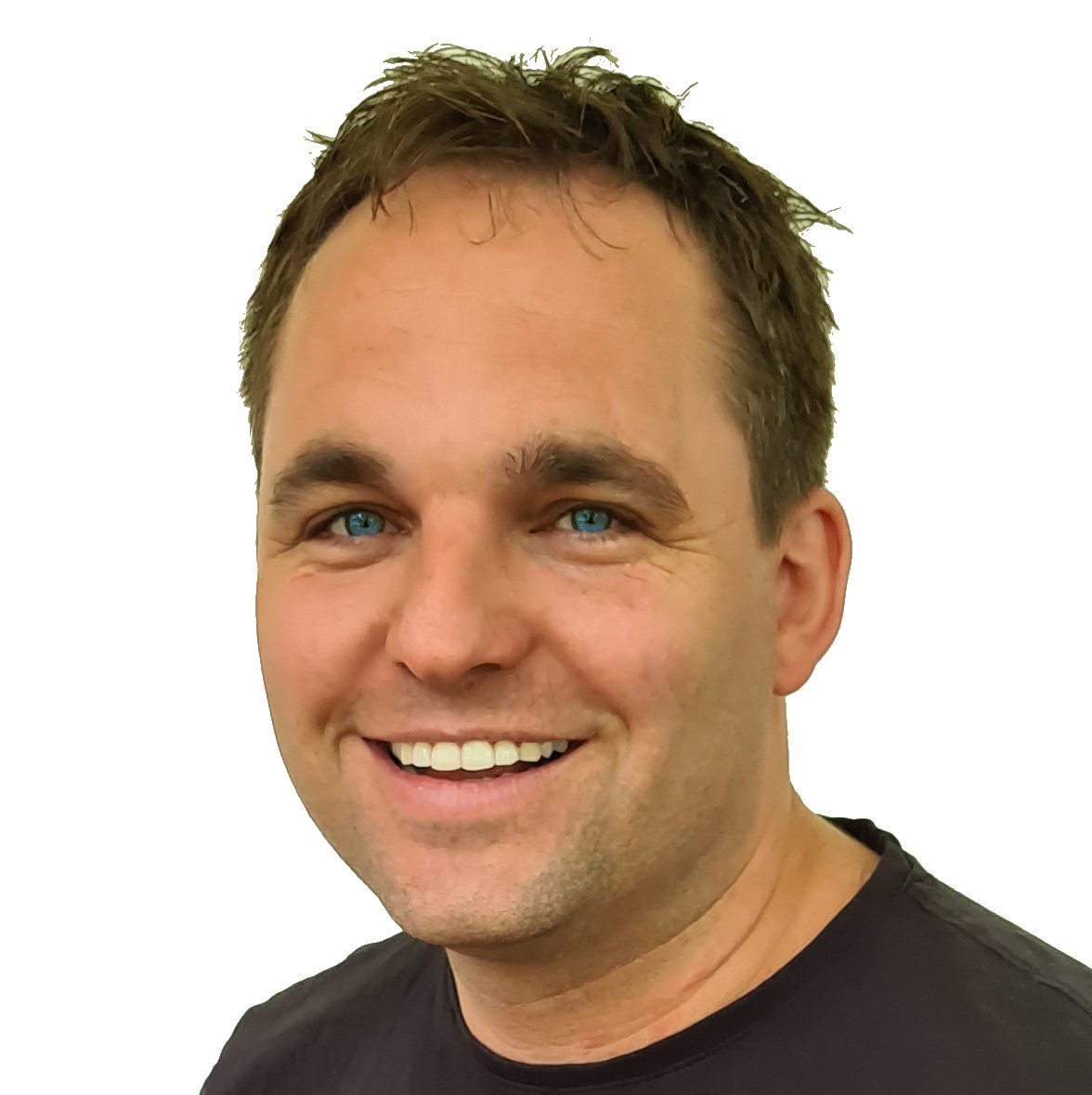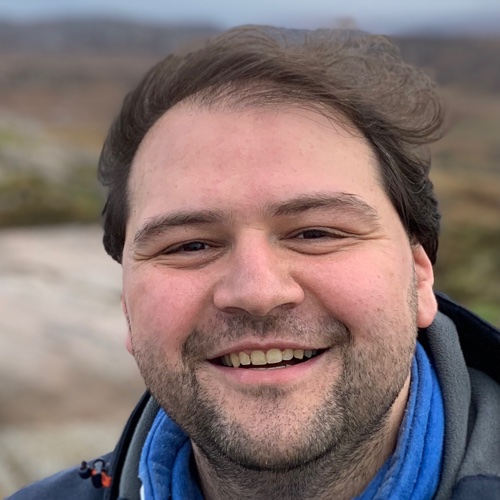Guided Equality Saturation
Abstract
References
Recommendations
Better Together: Unifying Datalog and Equality Saturation
We present egglog, a fixpoint reasoning system that unifies Datalog and equality saturation (EqSat). Like Datalog, egglog supports efficient incremental execution, cooperating analyses, and lattice-based reasoning. Like EqSat, egglog supports term ...
Rewrite rule inference using equality saturation
Many compilers, synthesizers, and theorem provers rely on rewrite rules to simplify expressions or prove equivalences. Developing rewrite rules can be difficult: rules may be subtly incorrect, profitable rules are easy to miss, and rulesets must be ...
egg: Fast and extensible equality saturation
An e-graph efficiently represents a congruence relation over many expressions. Although they were originally developed in the late 1970s for use in automated theorem provers, a more recent technique known as equality saturation repurposes e-graphs to ...
Comments
Information & Contributors
Information
Published In

Publisher
Association for Computing Machinery
New York, NY, United States
Publication History
Check for updates
Author Tags
Qualifiers
- Research-article
Funding Sources
Contributors
Other Metrics
Bibliometrics & Citations
Bibliometrics
Article Metrics
- 0Total Citations
- 724Total Downloads
- Downloads (Last 12 months)724
- Downloads (Last 6 weeks)144
Other Metrics
Citations
Cited By
View allView Options
Get Access
Login options
Check if you have access through your login credentials or your institution to get full access on this article.
Sign in


